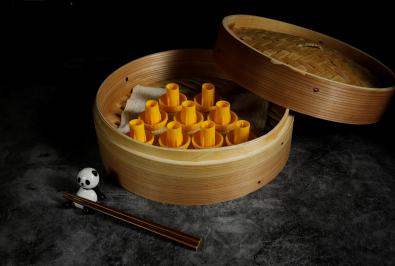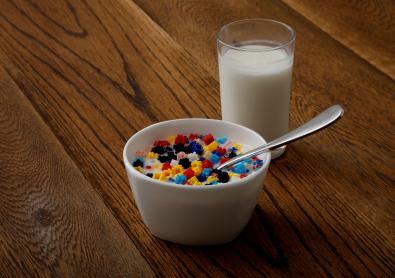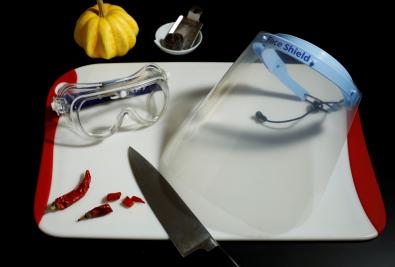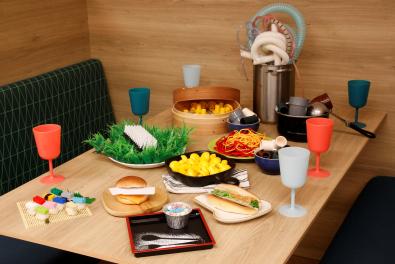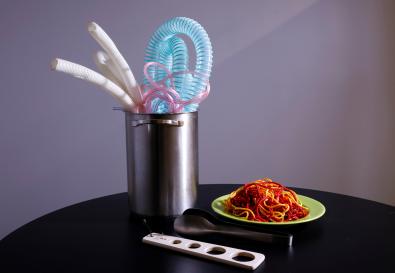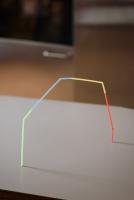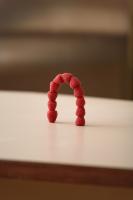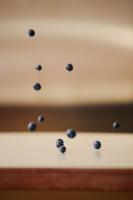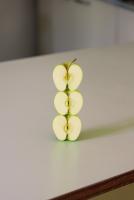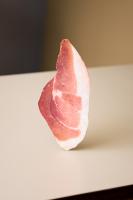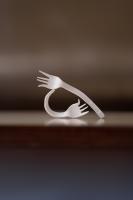Shortlist, How much plastic are you eating? by Kyung-Hoon Kim
What's for dinner? Lego sushi, credit card burgers, or a well-done piece of PVC pipe? These examples sound extreme, but may represent the cumulative quantity of microscopic pieces of plastic we consume over time. A 2019 study by World Wildlife Fund International concluded we could be ingesting the equivalent of a credit card’s worth of plastic a week, mainly in our drinking water, but also via foods such as shellfish. Reuters used the findings of the study to illustrate what this amount of plastic actually looks like over a given period of time. In a month, we ingest the weight of 4x2 Lego bricks in plastic, and in a year, the amount of plastic in a fireman's helmet. At this rate, in a decade, we might have eaten 2.5kg in plastic – the equivalent of over two sizable pieces of plastic pipe. And over a lifetime, we are thought to consume about 20kg of microplastic. Plastic production has surged in the past 50 years. As it is not biodegradable, but only breaks down into smaller and smaller pieces, it ultimately ends up everywhere, including the food chain. Standing on the shoreline of a wildlife-protected saltmarsh in southern England, Malcolm Hudson, a professor of environmental science at the University of Southampton, shows Reuters small, bead-like plastic pellets that permeate the marsh. Hudson says that most research has been carried out on microplastics, but there are increasing quantities of even smaller particles – called nanoplastics – in the environment, and these are far more difficult to detect. ‘It could pass into our blood or lymphatic system and end up in our organs,’ said Hudson. ‘Those plastic particles are little time bombs waiting to break down small enough to be absorbed by wildlife, or by people, and then potentially have harmful consequences.’
Website


